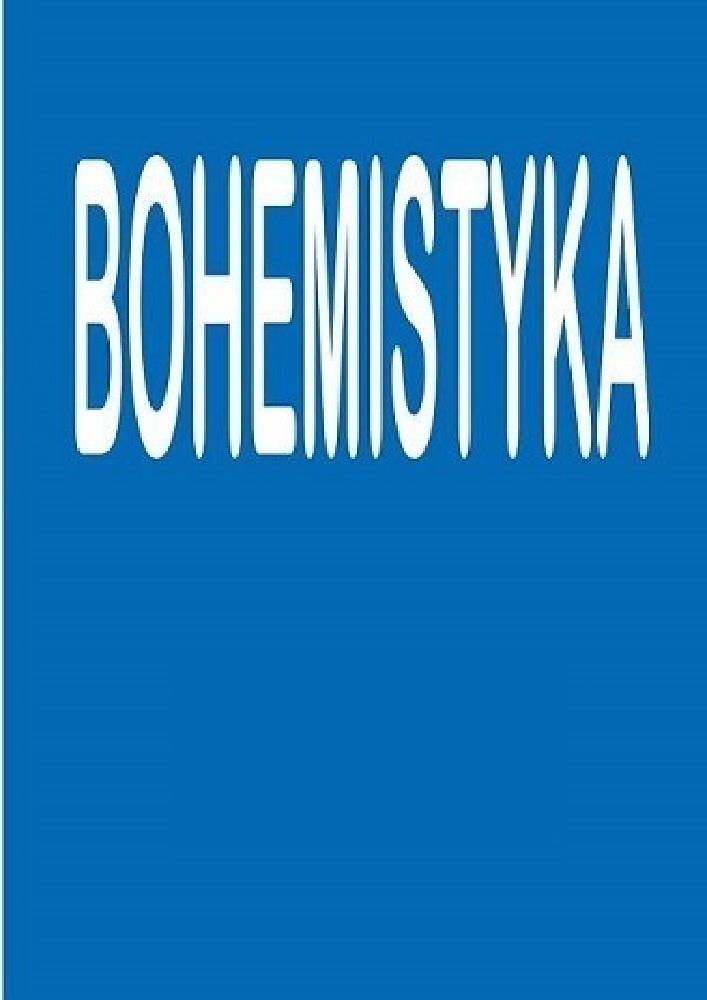Аннотация
Článek se zabývá srovnáním frekvence pádu substantiva v přepisech audiovizuálních nahrávek osob s diagnostikovanou afázií a mluvčích bez diagnostikovaného poškození řeči. Pokouší se ukázat na některá specifika v distribuci pádů v projevech afatických osob, která souvisí s obecnou charakteristikou syntaxe afatických projevů. Dále postihuje frekvenci autosémantických slovních druhů (substantiv, sloves a adverbií) v projevech osob s afázií a standardních mluvčích a dává ji do souvislosti s počtem komunikačních gest, kterými je možné tyto autosémantické slovní druhy nejen doprovázet, ale také nahradit. Výsledky ukazují, že osoby s afázií používají na jednu stranu méně autosémantik, na druhou stranu však více komunikačních gest než standardní mluvčí.
Библиографические ссылки
Bláha O., 2017, Syntaktické funkce pádu v češtině (na materiálu publicistických textů z roku 1915 a 2015). In O. Uličný (ed.), Struktura v jazyce, jazyk v komunikaci. Liberec: Technická univerzita, s. 17–25.
Bláha O., Janečka M., 2020, Genitiv adnominální v češtině – vývoj a současný stav. Olomouc: Univerzita Palackého v Olomouci.
Cséfalvay Z., Lechta V. a kol., 2013, Diagnostika narušené komunikační schopnosti u dospělých. Praha: Portál.
Cséfalvay Z., 2007, Terapie afázie: teorie a případové studie. Praha: Portál.
Flanderková E., 2019, Čeština v afázii: teorie a empirie. Praha: Karolinum.
Hogrefe K., 2009, Aphasie, Apraxie und Gestik: Zur Produktion von Handgesten bei Patienten mit linkhemisphärischer Hirnschädigung. Nepublikovaná di- sertační práce. Potsdam: Universität Potsdam.
Jakobson R., 1995, Dva aspekty jazyka a dva typy afatických poruch. In R. Ja- kobson: Poetická funkce. Praha: H&H, s. 55–73.
Janečka M., 2016, Gestika a afázie: paralely v omezeních jazyka a gest. „Ling- vistika Paraha”. Online: http://lingvistikapraha.ff.cuni.cz/sbornik.
Janečka M., Kouklíková T., 2020, Ke konkurenci genitivu posesivního a individuálně posesivních adjektiv v současné mluvené češtině, „Jazykoved- ný časopis“, č. 1, s. 69–89.
Kendon A., 2004, Gesture: Visible Action as Utterance. Cambridge: Cambridge University Press.
Láznička M., 2016, Příprava korpusu afatické češtiny. „Studie z aplikované lingvistiky/Studies in Applied Linguistics” 7, s. 184–187.
Ledvina L., 2020, Sémantické typy genitivu adnominálního ve vybraných textech publikovaných v letech 2010–2019 v časopise Český jazyk a literatura. Ne- publikovaná magisterská diplomová práce, Praha: Pedagogická fakulta UK.
Lehečková H., 2016, Afázie v lingvistice, lingvistika v afáziologii. „Časopis pro moderní filologii” 98, č. 1, s. 7–22.
McNeill D., 1992, Hand and mind: What gestures reveal about thought. Chicago: University of Chicago Press.
Uličný O., Veselovská L. (2017). Pád. In P. Karlík, M. Nekula, J. Pleskalová (eds.), CzechEncy: Nový encyklopedický slovník češtiny. Online: https://www.czechency.org/slovnik/PÁD [přístup: 5. 3. 2019].
Uličný O. (2003): K deflektivizačním tendencím ve slovanských jazycích. In I. Pospíšil, M. Zelenka (eds.), Česká slavistika 2003. České přednášky pro XIII. mezinárodní kongres slavistů, Ljubljana 15.–21. 8. 2003. Praha: Aca- demia, s. 155–163.
Лицензия
Copyright (c) 2021 Martin JANEČKA

Это произведение доступно по лицензии Creative Commons «Attribution-NonCommercial-NoDerivatives» («Атрибуция — Некоммерческое использование — Без производных произведений») 4.0 Всемирная.





